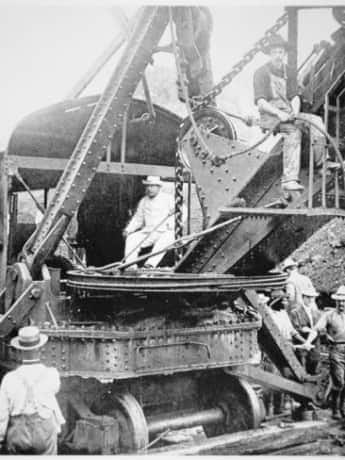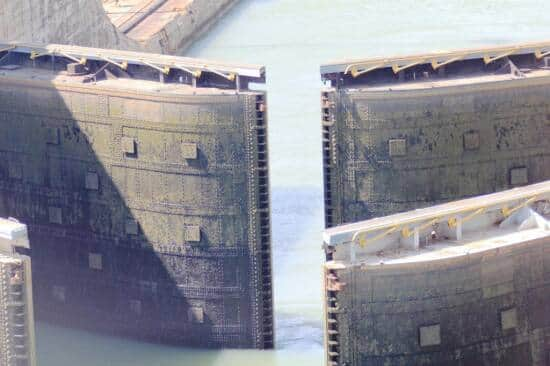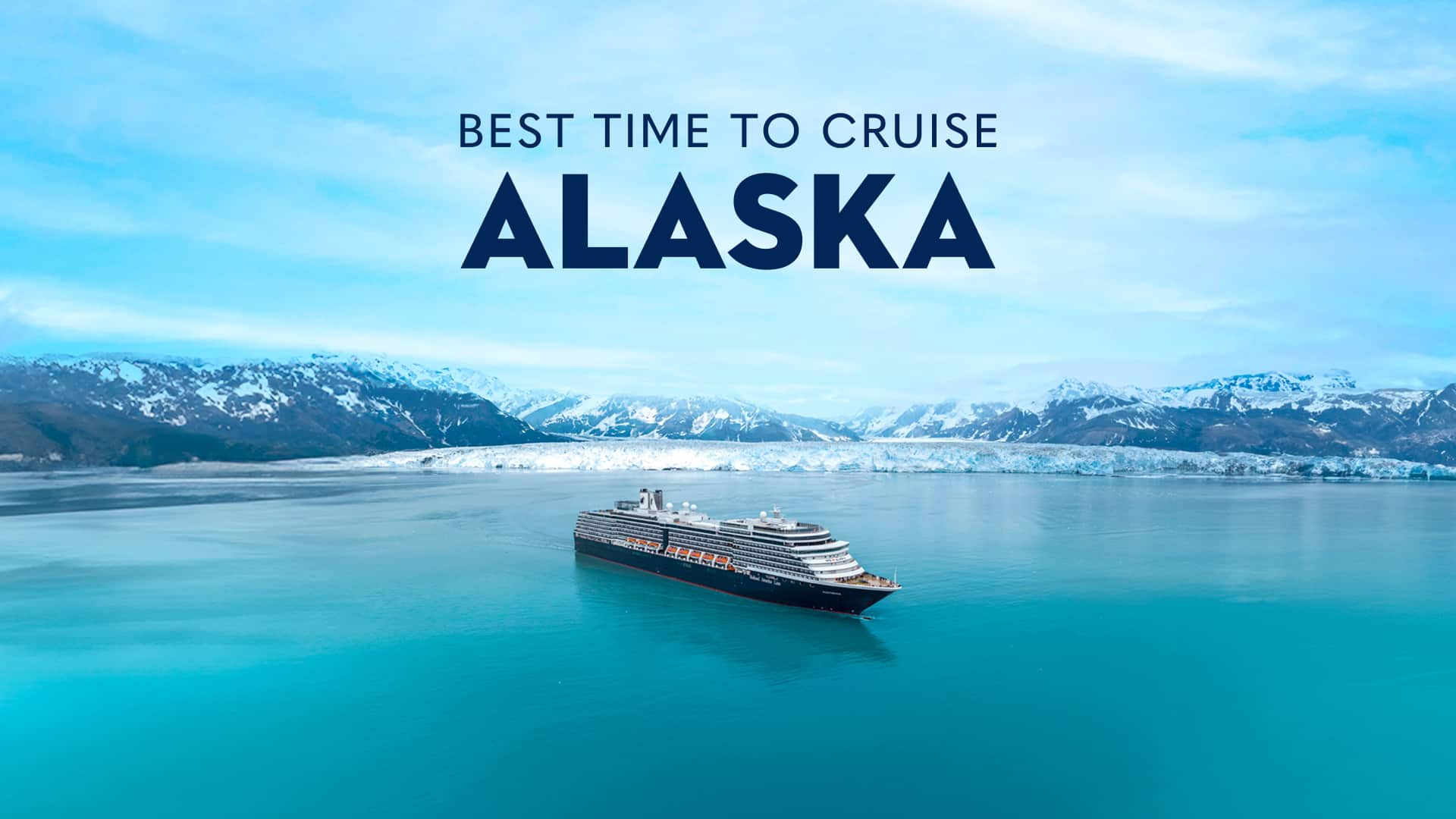History of the Panama Canal: Part 2
We left off the last post when it was decided that Panama would serve as the location of the canal. Frenchman Bunau-Varilla then went to Washington, D.C. He got there before the official delegates of the new Republic of Panama arrived and negotiated a treaty between the U.S. and Panama allowing the U.S. to build a canal. The treaty provided for establishing a Panama Canal Zone, a swath across the isthmus about 10 miles wide. Within that Zone the U.S. would have authority to build a Canal and would have authority of law to govern that area.
When the official Panamanian delegation arrived in Washington, they were surprised to learn a treaty had already been negotiated, but they accepted what had been agreed upon.
Construction of the Panama Canal by the U.S. started in May 1904, just six months after the Panamanian revolution. It took three years for the U.S. to decide on what type of canal to build. Should it be at sea level or should it include locks? Even while the debate of what type of canal to build was going on, work was under way. With either concept, the excavation of Culebra Cut had to be done.
When the United States finally decided on the basic concept of their Canal, it involved building locks on each side of the isthmus and a dam across the Chagres River at Gatun. As the U.S. continued the work of cutting through the Continental Divide to create Culebra Cut, a lot of dirt and rock were generated. Much of this was used to build Gatun Dam.
The tremendous flow of the Chagres River had previously been a problem for the railroad builders as well as for the French canal builders. But with the final concept developed by the U.S., this massive flow of water became an advantage. In fact, it became a critical factor in the successful operation of the canal.
This river backed up behind Gatun Dam and created Gatun Lake. When the water level of Gatun Lake became high enough it ran into the cut that had been made through the Continental Divide. This created the waterway connecting the locks on either side of the isthmus.
As the Panama Canal was being built, there were numerous attempts to put the enormity of the project into perspective. This was difficult to do, because the Panama Canal involved a lot of “firsts:”
It created the largest earth dam ever built. Gatun Dam was a mile-and-a-half long and 105 feet tall.
It created the largest artificial lake. Gatun Lake is 164 square miles.
It included building the largest concrete structure ever built. This was Gatun Locks — almost a mile long, and more than 2 million cubic yards of concrete.
Basics that had to be provided in the Zone were schools and a postal system. Post offices were established all across the Canal Zone. With the large population in the Canal Zone, there even had to be a Police Force established. They had stations in the various communities scattered across the isthmus.
Another problem that had to be tackled was disease in the Canal Zone. Dr. William Gorgas launched an all-out effort to eradicate mosquitoes, which he knew spread malaria and yellow fever. His work involved fumigating all houses, spraying to eliminate the breeding places for mosquitoes, clearing drainage-ways, hand-spraying of chemicals and standing water that could not be drained was covered with oil.
U.S. authorities even went into the native villages and put in water stands with proper drainage systems. Most of these villagers had previously used open barrels to collect rainwater, and they generally had no drainage facilities. The streets of Colon and Panama City were unpaved, with some of them even having open sewers. This was another source of disease and mosquito breeding. The United States undertook a program to have these streets paved, and one example of this program is North Avenue in Panama City.
In November 1906, President Theodore Roosevelt did something that no sitting U.S. president had ever done. He traveled outside the United States and went to Panama. He wanted to see the project that he had so actively supported. He purposely chose November to make the trip because he wanted to see Panama in the rainy season when conditions would be at their worst.
President Roosevelt did get to see the rainy conditions he expected. On the second day of his visit, there were 3 inches of rain in two hours. The President didn’t let the rain stop him from his planned tour. He visited all the work areas as planned. One of those work areas was an excavation site where he inspected the steam shovels.
When he climbed up on one of those steam shovels and posed at the controls, this picture became famous around the world.
President Roosevelt went back to Washington, D.C. thinking that all was well with his canal project. But all was not well. In February 1907, three months after the President’s visit, Chief Engineer John Stevens sent a letter to Roosevelt in which he expressed his frustrations about several things related to the project. We do not know Stevens’ true intent, but the President interpreted the letter as a resignation. And Stevens was out of a job. After having two Chief Engineers resign, President Roosevelt decided to appoint someone to the position of Chief Engineer who could not resign. He selected Major George Washington Goethals from the U.S. Army Corps of Engineers.
Goethals took over the project in April 1907. Work had been going on for almost 3 years, but it was still in its infancy, and the major problems had not yet started. Another Army Corps of Engineers officer who came to Panama with Goethals was Major David Gaillard. He was responsible for creating Culebra Cut. It is in his honor that Culebra Cut was later re-named Gaillard Cut. The work in Culebra Cut went on in earnest from 1907 until 1913.
During these years, in addition to the daunting task of digging out millions of cubic yards of dirt and rock. While the Culebra Cut was being created, work was also being carried out to create the Locks on either side of the Isthmus. These would be the stairways that would lift and lower ships between the ocean levels and the Canal waterway at 85 feet above sea level. These water-filled stairways were not the first locks to ever be built, but they were the largest of their time.
The first concrete for the Panama Canal was placed on August 25, 1908. This was the beginning of over four-and-a-half million cubic yards of concrete to be placed. The lock gates at Miraflores Locks are the biggest in the Canal. This is due to the extreme tidal fluctuations in the Pacific Ocean. These gates each weigh over 700 tons. With the completion of the gate work the locks were nearly completed. Finally, on October 10, 1913, President Woodrow Wilson pushed a telegraph key in Washington, D.C. This sent a signal to Panama to have a blast set off to allow water to flow into the Culebra Cut. Four days later water flowed into Miraflores Locks for the first time. The locks could now be tested and prepared for the first transit of vessels.
On August 3, 1914 the S.S. Cristobal made the first recognized transit through the Canal. However, this was the same time that World War I began. The Panama Canal, the project that had held the attention of the world for so long, then became back-page news. The official opening of the Panama Canal was declared by the passage from ocean to ocean of the S.S. Ancon on August 15, 1914.
With the Canal completed, the costs could be totaled. The United States spent $352 million on the Canal, which was $23 million less than the original estimated cost. Adding the French cost, the total expended was $639 million. Another cost was the loss of so many human lives. Records show there were 5,600 deaths among the workers during the U.S. project. These 5,600 deaths were a small number compared to the estimated 20,000 to 22,000 deaths during the French construction effort. Added together, a total of 25,000 to 27,000 deaths in building the Panama Canal.
All of those financial costs did generate some great benefits for the maritime industry. The opening of the Panama Canal meant tremendous savings in the miles ships had to sail going from the Atlantic Ocean to the Pacific Ocean. That voyage was shortened by 7,800 miles as compared to sailing around South America. The maritime industry recognizes this advantage. The first year of Canal operation had just over 1,000 ship transits; by 2007, ship traffic had increased to more than 14,000 annual transits.
Looking back to the year 2000, that was when some major changes began for the Panama Canal. That was the first year the Republic of Panama was totally responsible for the canal, after the U.S. turned it over to them. And going forward, the number of ships and the total tonnage of cargo passing through the Panama Canal will see a significant jump in a few years. This will be the result of an endeavor the Republic of Panama has taken on to increase capacity of the Canal.
New, larger locks will be constructed on each side of the isthmus. These will supplement the existing locks which will remain in operation. On the Pacific side, the new locks will be built just west of, and within sight of, the existing locks. On the Atlantic side, the new locks will be built a short distance east of the existing ones.
Part of the reason for the expansion project is that larger ships are being constructed, with most of them being container cargo ships. In addition to larger cargo ships, there are also some passenger ships too large to fit in the existing locks. The largest ships now allowed to transit the Canal under normal operating conditions are referred to as the Panamax Class. The post-Panamax ships are wider and longer and can carry more than two-and-a-half times as many cargo containers.
There is more to the expansion project than just building the new locks. The Canal Authority also has to construct new channels, improve the existing channels and develop new water supplies as part of the expansion project. The Panamanian government considers the expansion of the Panama Canal to be absolutely necessary in order to continue serving the maritime industry as it has for almost 100 years.
From the beginning, Canal Authorities have had an expression that is very appropriate. “The Land Divided, The World United.” The original construction of the Panama Canal did, indeed, divide two continents. At the same time, it united the world by making it easier for various parts of the world to connect their sea-lanes.








